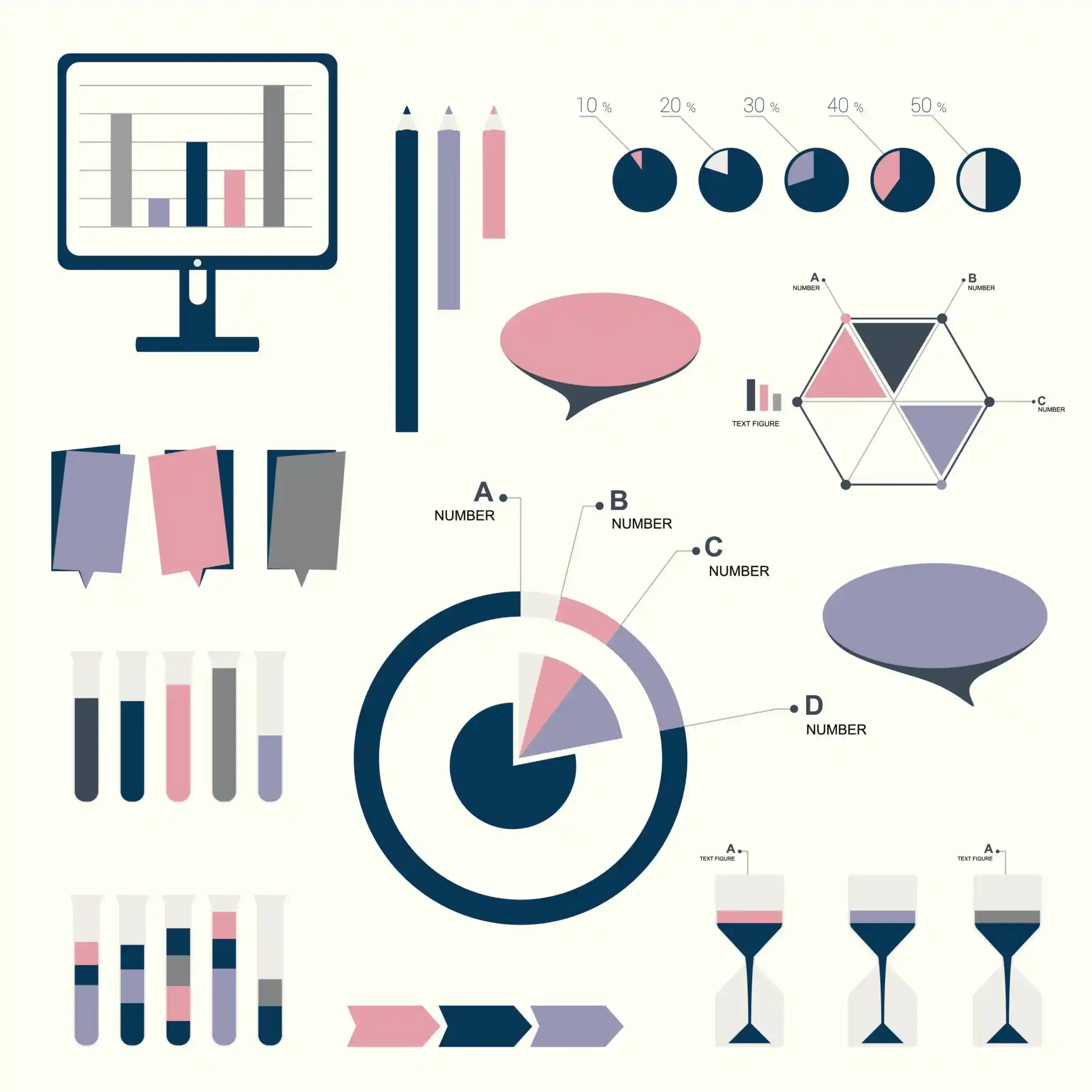Image segmentation, filtering, and region analysis are essential techniques in image processing and computer vision. These methods play a crucial role in extracting meaningful information from images. Here’s an overview of each:
- Image Segmentation:
- Definition: Image segmentation involves dividing an image into meaningful and homogeneous regions.
- Purpose: It helps in simplifying the representation of an image or making it more meaningful for analysis.
- Methods: Techniques include thresholding, edge-based segmentation, region-based segmentation, and clustering methods.
- Applications: Object recognition, image editing, medical imaging, and computer vision tasks often rely on image segmentation.
- Filtering:
- Definition: Image filtering is the process of enhancing or suppressing certain features of an image by applying a filter.
- Purpose: Filters are used to remove noise, highlight edges, and enhance specific image characteristics.
- Types:
- Smoothing Filters (Low-pass): Reduce noise and blur details.
- Sharpening Filters (High-pass): Enhance edges and fine details.
- Frequency Domain Filters: Applied in the frequency domain using techniques like Fourier transforms.
- Applications: Image enhancement, noise reduction, edge detection, and feature extraction.
- Region Analysis:
- Definition: Region analysis involves studying the properties and characteristics of segmented regions in an image.
- Purpose: It helps in extracting relevant information about specific objects or areas in an image.
- Metrics: Parameters like area, perimeter, centroid, and moments are often calculated to describe and quantify regions.
- Applications: Object recognition, tracking, and understanding spatial relationships within an image.
- Combined Workflow:
- Image segmentation is often the first step, breaking down the image into distinct regions of interest.
- Filtering techniques are then applied to enhance or modify these regions based on specific requirements.
- Region analysis is performed on the segmented and filtered regions to extract meaningful information and derive quantitative measures.
- Challenges:
- Image segmentation may face challenges in dealing with complex scenes, variable lighting conditions, and overlapping objects.
- Filtering methods should be chosen carefully to avoid over-smoothing or amplifying noise.
- Region analysis may require robust algorithms to handle irregular shapes and varying textures.
- Applications:
- Medical Imaging: Identifying organs and anomalies.
- Object Recognition: Recognizing and classifying objects in computer vision.
- Remote Sensing: Analyzing satellite images for land cover classification.
- Robotics: Providing visual input for robot navigation and manipulation.
Understanding these concepts is vital for practitioners in fields like computer vision, image processing, and artificial intelligence, as they form the basis for extracting valuable information from visual data.
